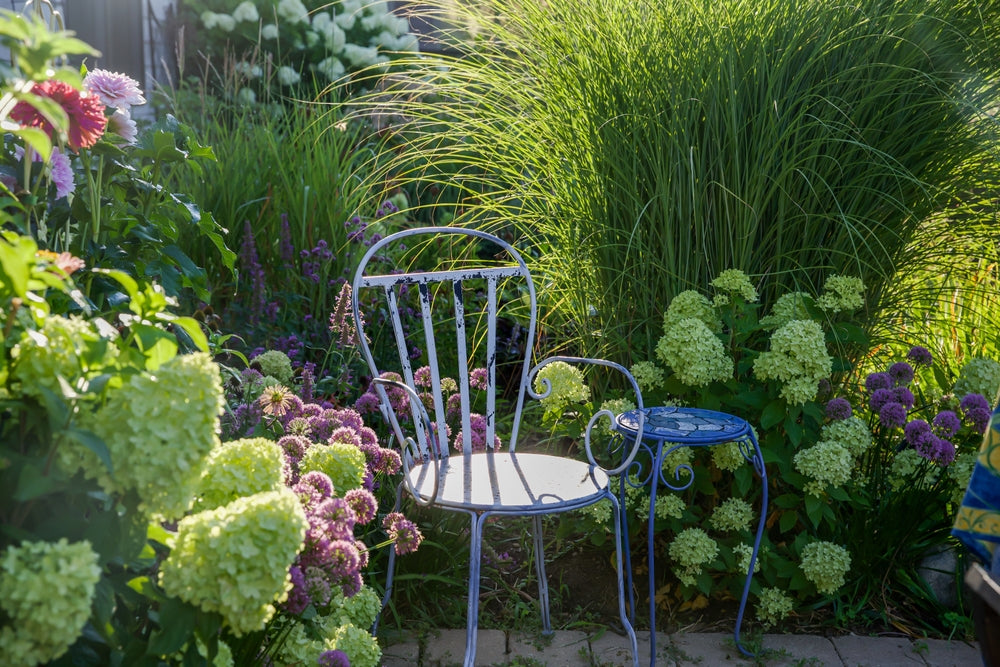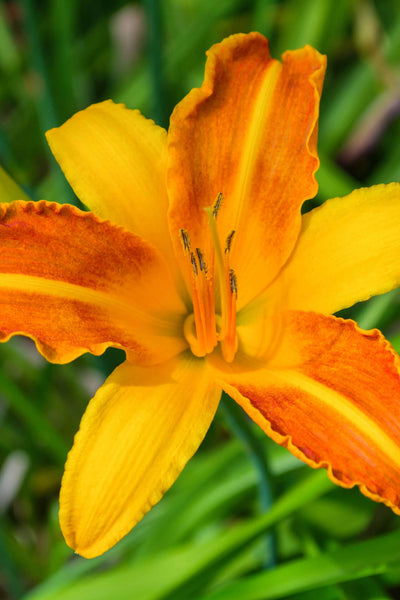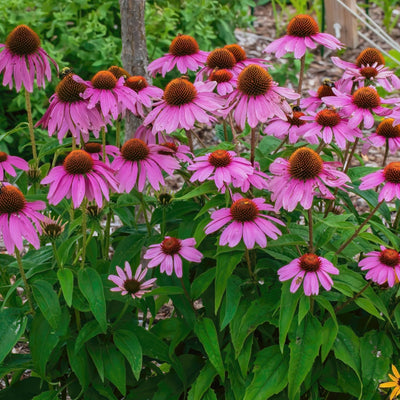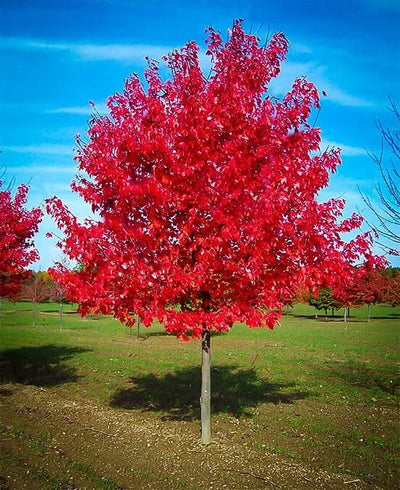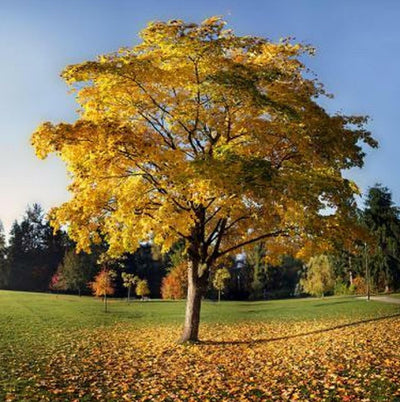Steps to Becoming a Successful Gardener the Easy Way
Starting your first garden is a rewarding decision. Whether you want flower beds, a native plant garden, or a small space for herbs and vegetables, mastering the basics is essential. Success depends on understanding your soil, selecting suitable plants, and providing consistent care and attention. This guide outlines the essential steps to help you start and succeed in your gardening journey.

Start With Understanding Your Soil
Soil is essential to every garden, yet its importance is often overlooked. Before planting, identify your soil type: sandy, clay, loam, or a combination of these. Each type affects water retention, drainage, and nutrient availability. Loam is preferred because it balances the proportions of sand, silt, and clay, thereby supporting healthy root growth. For heavy clay, add compost, shredded leaves, or peat moss to improve drainage. For sandy soil, organic matter helps retain moisture. Early improvements to your soil lead to healthier plants and better results.
Choose Plants That Fit Your Growing Zone
Beginners often choose plants unsuited to their climate. Always check your USDA Hardiness Zone before purchasing seeds or plants to ensure they are suitable for your location. Selecting varieties adapted to your region increases your chances of success. Native plants are ideal for beginners because they match local conditions, require less care, and support pollinators. Consider coneflowers, ferns, hostas, daylilies, or perennial grasses. For vegetables, opt for reliable options such as tomatoes, peppers, lettuce, and herbs. Placing the right plant in the right location saves time and effort.

Location Matters—Sun, Shade, and Water Access
Before planting, observe your outdoor space for several days to track sunlight patterns. Identify the sunniest and shadiest areas. Most flowering plants and vegetables need at least six hours of sun daily, while ferns, hostas, and mosses prefer partial shade. Placing sun-loving plants in shade results in poor growth, and placing shade plants in full sun may cause them to scorch. Ensure plant beds or containers are near a water source to simplify maintenance, especially during summer.
Start Small, Then Grow With Confidence
New gardeners often feel overwhelmed by starting too large. Begin with a single raised bed, a few containers, or a simple flower border. Smaller spaces make it easier to learn watering, pruning, fertilizing, and soil care. As you gain confidence, you can expand your garden. This approach also helps you determine what grows best on your property before making larger investments.
Use Quality Soil and Amendments
Plants require nutrient-rich soil, especially during the early stages of root growth. Use high-quality soil for both containers and garden beds. Containers perform best with well-draining potting mixes, while raised beds benefit from the addition of compost, topsoil, and organic amendments. Compost is especially valuable because it improves soil quality by adding nutrients, loosens compacted soil, and increases moisture retention. Even small amounts of compost can significantly enhance plant growth.
Watering: Consistency Is Key
Watering is one of the simplest yet most misunderstood aspects of gardening. Beginners may overwater or underwater their plants because they are unsure of their needs. Most plants benefit from deep watering, which encourages the growth of strong, drought-resistant roots. Water in the morning before the sun is intense to reduce evaporation and prevent fungal issues. Check soil moisture by inserting your finger an inch deep; if it feels dry, water the plant. Consistency is more important than perfection. Mulch to keep the soil cool, reduce water usage, and prevent weeds from taking over. Good mulches, such as shredded bark, pine needles, leaves, and compost, provide nutrients to the soil as they decompose. Mulch also gives flower beds a complete look. Just be sure to keep mulch a few inches away from plant stems to prevent rot.

Learn the Art of Fertilizing
All plants require nutrients, and while soil supplies many, fertilizing supports growth throughout the season. Beginners should use a balanced, slow-release fertilizer, which provides steady nutrition without harming young roots. Organic options such as fish emulsion, compost tea, or granular blends are effective and beginner-friendly. Always follow recommended application rates, as over-fertilizing can damage roots or cause weak growth.
Deadheading and Pruning Encourage Growth
Many beginners underestimate the benefits of removing old growth. Deadheading spent blooms encourages continued flowering, while pruning shapes shrubs and removes damaged areas. For perennials, occasional trimming prevents legginess and directs energy to stronger growth. Removing faded blooms also helps redirect nutrients to healthy petals and future buds.

Don’t Fear Mistakes—They’re Part of Gardening
Every gardener, whether a beginner or an expert, makes mistakes. Plants die, seeds fail, and the weather does unexpected things. The key is learning from each experience. Gardening teaches patience, observation, and resilience. Over time, you will understand what grows well for you and how to adjust your routine for better success. The more you plant, the more you learn, and the more confident you become.
Start Your Gardening Journey With Confidence
Gardening can be simple. With quality soil, suitable plants, proper watering, and patience, anyone can cultivate a thriving garden. Many beginners soon find that gardening becomes a favorite hobby. It connects you with nature, reduces stress, supports local wildlife, and enhances your home. By starting small and learning gradually, you will enjoy the satisfaction of nurturing healthy growth.
What is the easiest plant to grow?
For Garden beds, perennials like daylilies, coneflowers, and black eyed susan plants are super easy to grow. The work well in starter beds but are loved by even novice gardeners. Trees that are relatively easy to grow include native species such as red maple, tuliptree, and oak trees.
How to Care for Plants
Plant care involves placing the plant in a suitable area with the necessary sunlight or shade, irrigation means, and drainage. It's also vital to utilize plants that is hardy in your climate zone.

Why is Gen Z so Obsessed with Plants?
They understand sustainability and are more keenly aware of climate change, the effects plants have on the environment, and they give back. The increase in fresh air, clean air, enhances the soil, and so many other valuable things. Not only do plants give back, but they also accent a home's outward appearance, unlike anything else.

Psalm 65:9 says: You care for the land and water is, and you enrich it abundantly
Planting reaps harvesting. Whether it be with crops, vegetation, or simply landscaping, it gives back. It's incredible how plants feed the wildlife, the seeds feed the fowls of the air, as well as providing small animals protection from other animals for prey.
